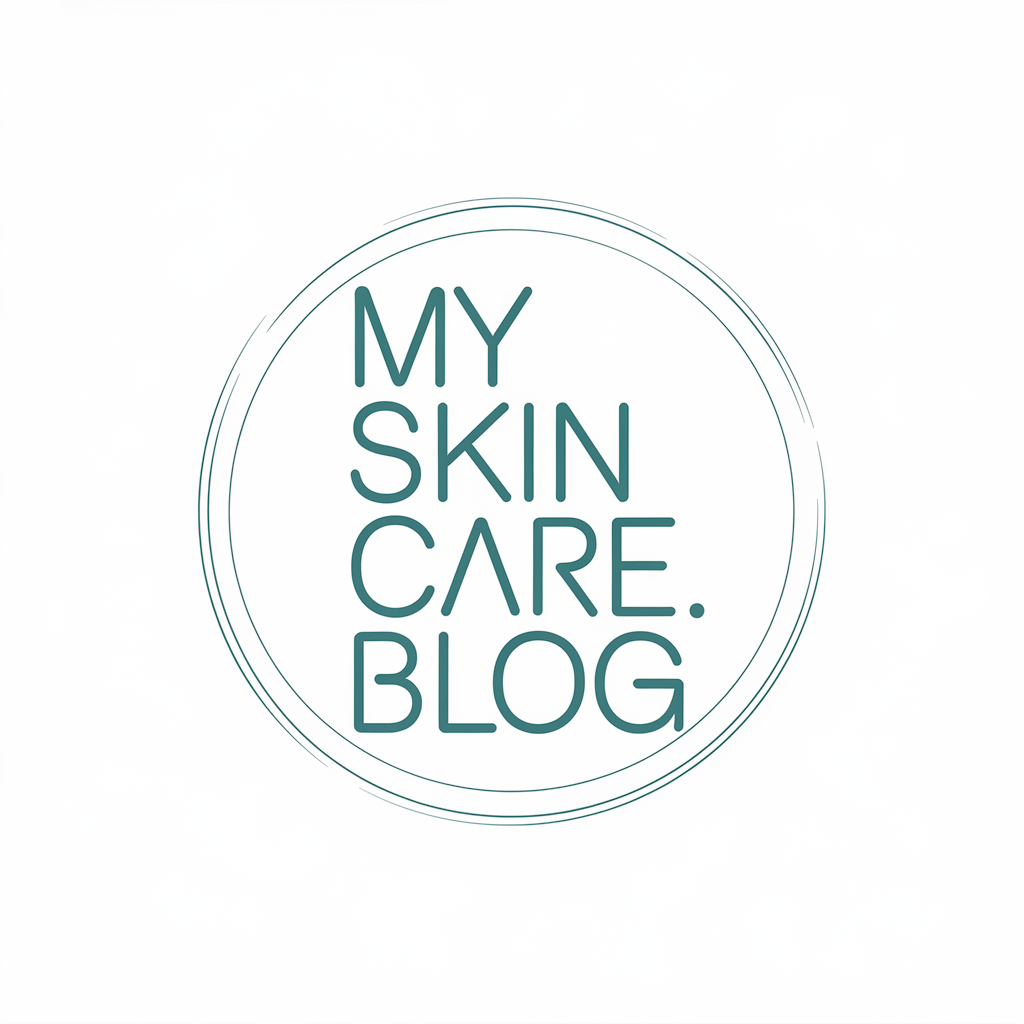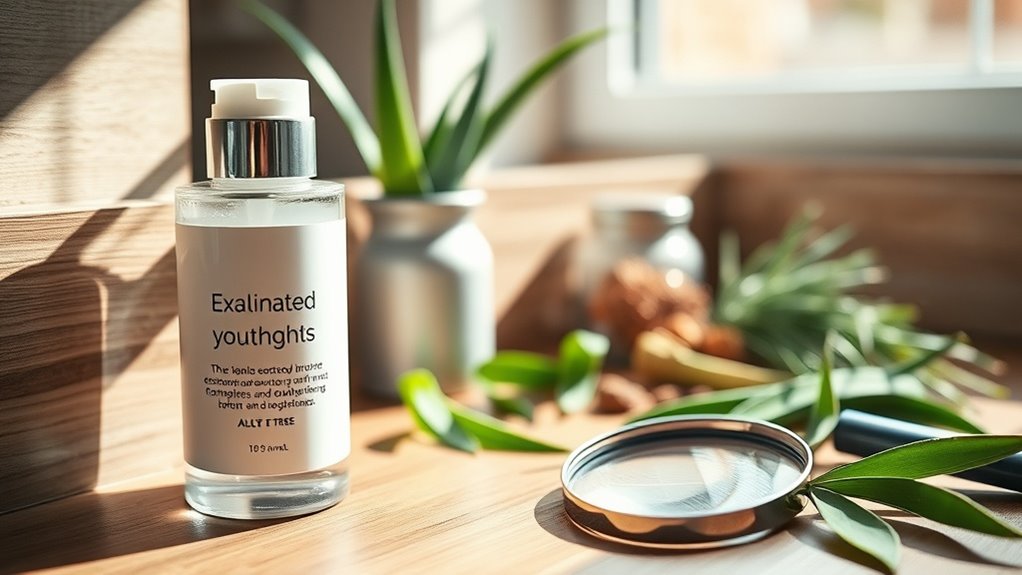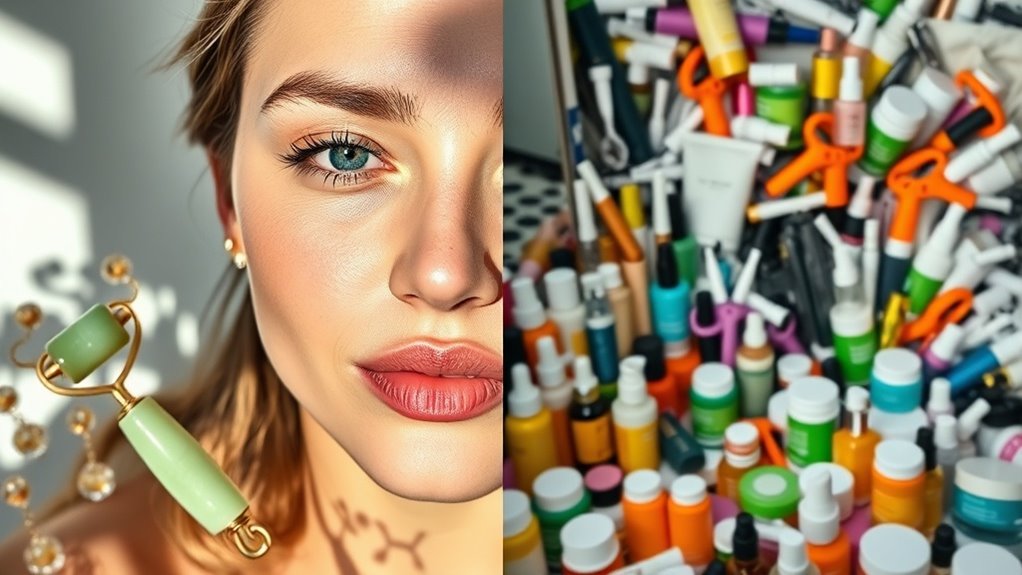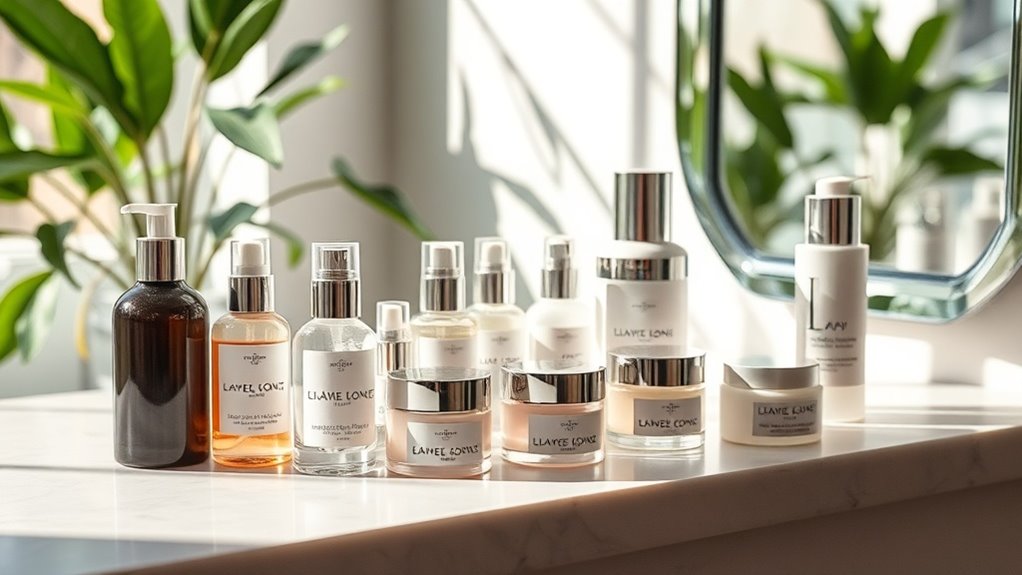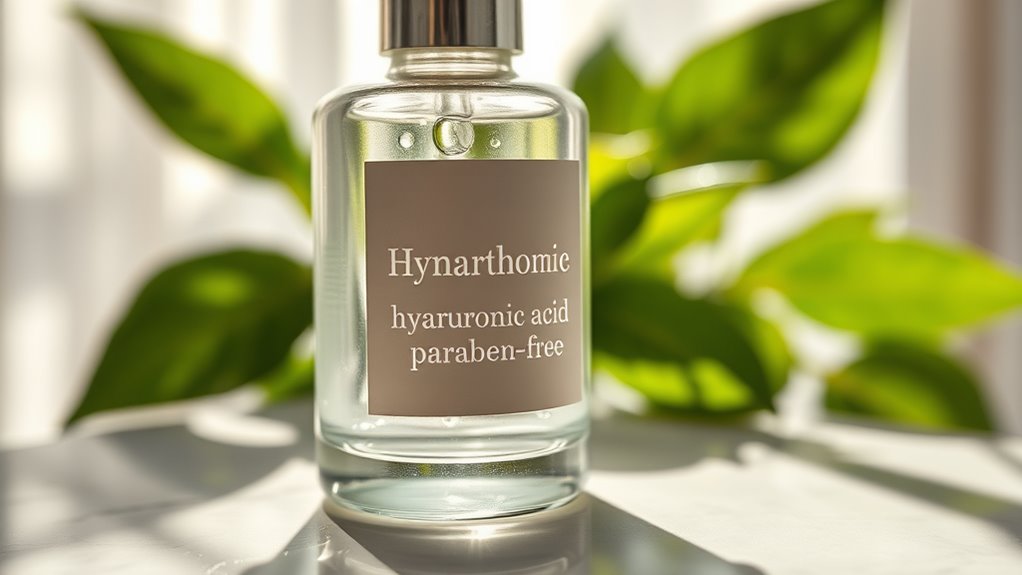How to Spot Fake Claims on Your Favorite Skincare Products
Did you know that over 70% of skincare products make claims that lack scientific backing? Identifying which of these statements are genuine can be challenging. By analyzing the language used in product descriptions and scrutinizing the ingredients, you can better protect yourself from misleading marketing. But there’s more to consider than just ingredient lists; understanding clinical studies and the brand’s integrity is crucial. So, how can you differentiate fact from fiction effectively?
Understanding Common Skincare Claims
While many skincare products boast impressive claims, it’s crucial to understand what these statements really mean.
Product claims often lack substantial evidence. For instance, terms like “clinically proven” or “dermatologist-tested” can mislead without proper context.
You should examine the research behind these claims, as they mightn’t guarantee effectiveness. Being critical of product claims helps you make informed choices for your skincare regimen. Additionally, understanding key ingredients in products is vital to discerning genuine efficacy from marketing hype.
Researching Ingredients and Their Effectiveness
Claims on packaging often lack transparency regarding the specific ingredients used in a product and their proven effectiveness. To evaluate claims, research individual components.
| Ingredient | Common Use | Effectiveness (1-10) |
|---|---|---|
| Hyaluronic Acid | Hydration | 8 |
| Retinol | Anti-aging | 9 |
| Salicylic Acid | Acne treatment | 7 |
| Vitamin C | Brightening | 9 |
Additionally, understanding effective skincare principles can further empower you to choose products that deliver genuine results.
Checking for Clinical Studies and Evidence
How can you ensure that the skincare products you’re considering are backed by credible research? Look for clinical studies that demonstrate effectiveness and safety.
Verify the sample sizes and methods used in these studies. Check if the research is peer-reviewed or published in reputable journals. Pay attention to the claims made regarding specific benefits.
- Look for double-blind studies
- Assess duration of trials
- Verify funding sources
- Examine statistical significance
Evaluating Brand Reputation and Transparency
When evaluating skincare products, the brand’s reputation and transparency play significant roles in determining their reliability.
Research the company’s history, ingredient sourcing, and manufacturing processes. Brands that openly share their formulations and third-party testing results typically demonstrate higher credibility. Evaluating products across different price points can also provide insights into efficacy and customer service, aiding in your assessment of whether a product is trustworthy.
Recognizing Red Flags in Marketing Language
While examining skincare product marketing, it’s essential to be vigilant for red flags that might indicate misleading claims.
Look for these indicators:
- Vague or unfounded promises (e.g., “miracle” results)
- Scientific jargon without explanation
- Exaggerated testimonials lacking corroboration
- Claims of rarity or exclusivity that appeal to emotions
Identifying these red flags helps you make informed choices about your skincare products. Additionally, be aware of harmful ingredients that could be hidden behind alluring marketing language, which can negatively impact your skin health.
